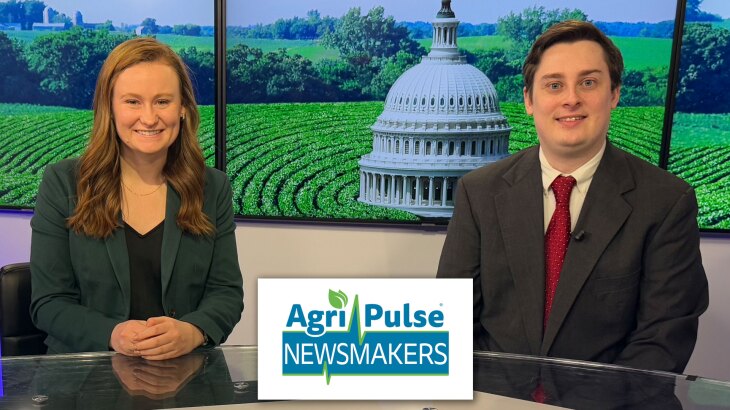Market analysts have been picking apart USDA’s acreage data, especially those head-scratching soybean numbers.
Tim Marsh with Summit Commodities calls the 4 million acre drop unusual especially when planting season went well. He says a portion of that could have been considered “prevent plant,” but that will remain unclear until fall data comes in.
If fewer soybeans were produced, the U.S. will likely have to import more. For now, he says the markets will slowly shift their attention back to U.S. weather forecasts.









